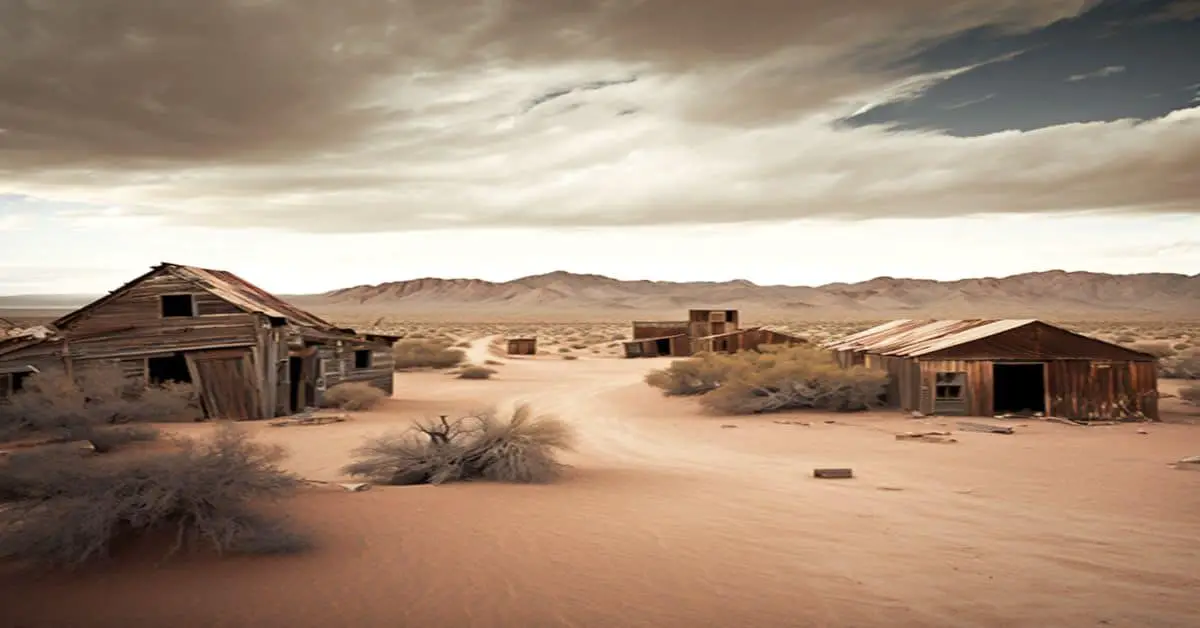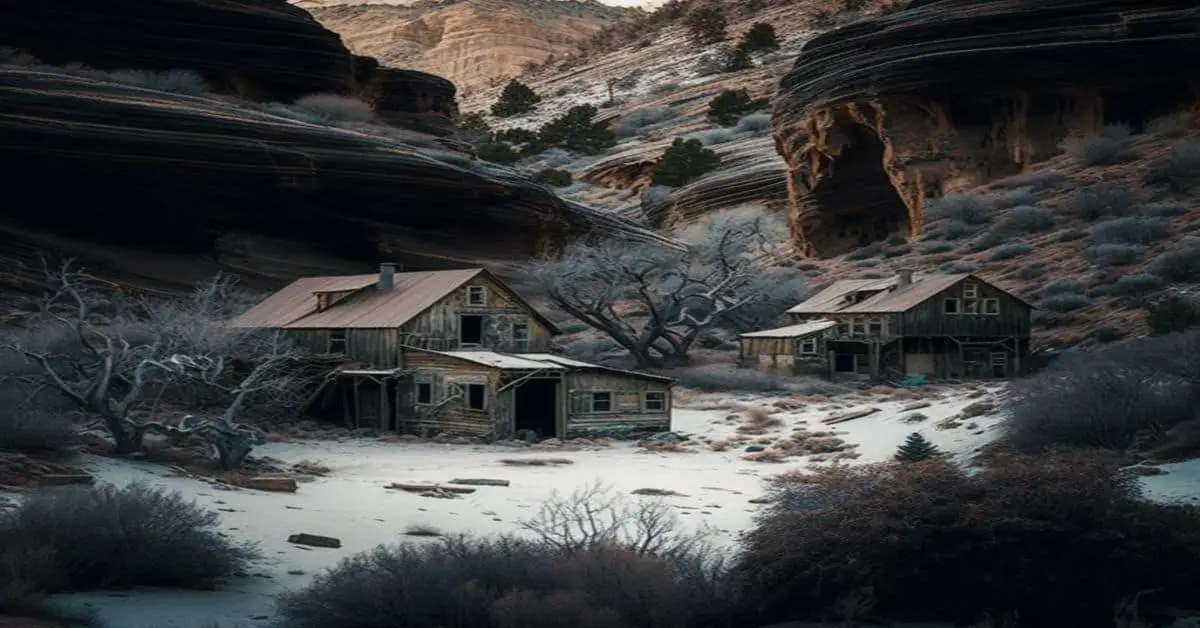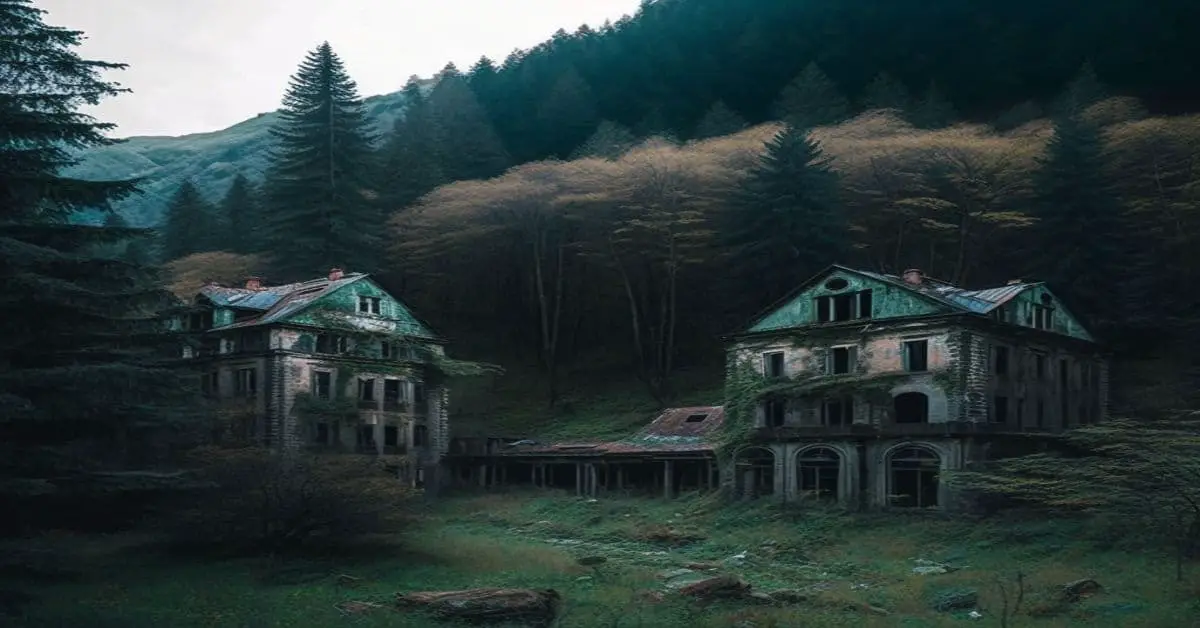Have you ever wondered what it would be like to step back in time and explore a ghost town? To wander through the remains of a once-bustling community and uncover the secrets of its past? Look no further than Casa Diablo, a historic mining town in Mono County, California.
With its rich history and well-preserved remains, Casa Diablo is a fascinating destination for history buffs and adventurers alike. Accessing the townsite requires a journey down rough roads, but the reward is worth the effort.
Visitors can explore the remains of the town, including lumber, mine portals, debris, and foundations. These artifacts offer a glimpse into the past, allowing visitors to imagine what life was like for the miners and their families who once called Casa Diablo home.
In this article, we will delve into the history and significance of Casa Diablo and the remains and artifacts that make it a must-visit destination for anyone interested in California’s rich mining history.
Key Takeaways
- Casa Diablo is a historic mining town in Mono County, California, that flourished in the early 1900s as a large mining and milling camp with a working force of about 40 men.
- The remains of Casa Diablo include lumber, mine portals, debris, and some foundations, making it a cultural site important to preserve the history of and continue to educate future generations about its significance in the mining industry.
- Visitors can access Casa Diablo through rough roads and a short hike and can also visit nearby attractions such as the Mono Lake Tufa State Natural Reserve and the Bodie State Historic Park.
- Preservation efforts have been made to maintain the remaining artifacts and structures at the site, and the Friends of Casa Diablo have worked to clean up the area and provide interpretive signs for visitors.
Location and Access
The location and access of Casa Diablo, a California ghost town that flourished in the early 1900s as a large mining and milling camp, can be accessed through good-bladed roads leading to a point close to the townsite followed by a short but rough access to the site itself.
Visitors can expect a short hike to reach the ghost town, but the journey is worth it for those interested in exploring the remains of a once-bustling mining town.
Aside from the ghost town itself, visitors can also enjoy nearby attractions such as the Mono Lake Tufa State Natural Reserve and the Bodie State Historic Park.
The Mono Lake Tufa State Natural Reserve is a unique geological formation with towering limestone formations known as tufa towers.
On the other hand, the Bodie State Historic Park is a well-preserved gold-mining town that provides a glimpse into the lives of the miners who lived and worked there.
Overall, exploring the abandoned Casa Diablo ghost town and its surrounding areas is an adventure that history buffs and nature enthusiasts alike will enjoy.
History and Significance
Flourishing in the early 1900s, Casa Diablo was once a bustling mining and milling camp with a working force of about 40 men. The town produced bullion and made progress in sinking on the main shaft. The Casa Diablo Gold Mining Company was even listed in the Mining Directory, and the town saw sporadic activity in later years.
Despite never having a post office, Casa Diablo was a significant contributor to the mining industry of California.
Today, the remains of Casa Diablo include lumber, mine portals, debris, and some foundations. While the town may no longer be bustling with activity, its impact on the region is still felt.
As a cultural site, it is important to preserve Casa Diablo’s history and continue educating future generations about its significance in the mining industry.
Remains and Artifacts
Lumber, debris, mine portals, and foundations are among the remains and artifacts found at the Casa Diablo site. The town’s original buildings were made of wood, which has since deteriorated over time, leaving only remnants of the structures.
The debris scattered throughout the area includes remnants of old mining equipment, such as rusted metal parts and discarded tools. Visitors can also see the mine portals, which are the entrances to the underground tunnels where miners worked to extract gold and other minerals.
The foundations of some of the buildings are still visible, giving a glimpse into the town’s layout. Excavation possibilities at the site of Casa Diablo remain limited due to the town’s remote location and the lack of funding.
However, preservation efforts have been made to maintain the remaining artifacts and structures at the site. The Friends of Casa Diablo, a group of volunteers dedicated to preserving the town’s history, have worked to clean up the area and provide interpretive signs for visitors.
Despite the challenges, the remains and artifacts at Casa Diablo offer a unique glimpse into the town’s history and the lives of the miners who once lived and worked there.
Frequently Asked Questions
Are there any ghost stories or legends associated with California’s Casa Diablo?
There are no reported ghost stories or legends associated with Casa Diablo. However, given its ghost town status, visitors may experience a sense of eeriness or supernatural occurrence. Ghostly sightings have not been officially documented.
What was the typical daily life of a miner in Casa Diablo like?
The daily life of a miner in Casa Diablo involved strenuous work in the mines using various mining techniques, including drilling, blasting, and hauling. Social dynamics were influenced by a predominantly male workforce, with limited leisure time and basic living conditions.
Were there any notable figures or events associated with Casa Diablo’s history?
Casa Diablo’s notable history includes its flourishing in the 1900s, sporadic activity in later years, and large mining and milling camp. The Casa Diablo Gold Mining Company was listed in the mining directory, and notable events include new strikes, mining visitors, and the vice president’s arrival. On the darker side, the town has hauntings and legends.
Is there any evidence of Native American presence or influence in the area?
There is evidence of Native American presence in the Casa Diablo area, with artifacts indicating their cultural significance. However, there is no information on the extent of their influence in the town’s history.
Have any efforts been to preserve or restore the remaining structures in California’s Casa Diablo?
Preservation efforts for the remaining structures in Casa Diablo have been limited. Despite its historical significance as a large mining and milling camp, there have been no notable efforts to restore or preserve the site.


